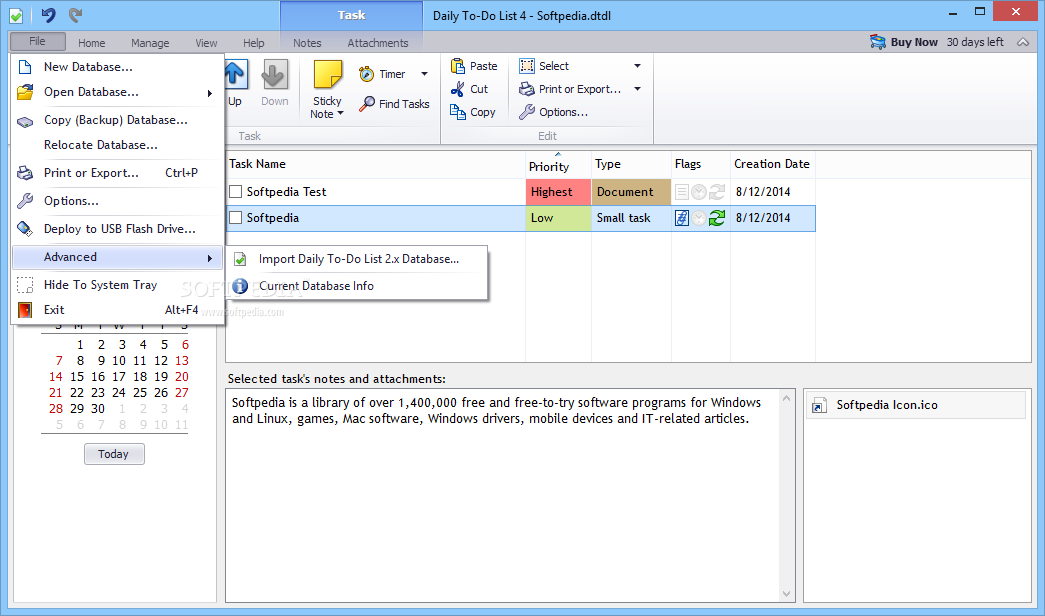Flash Daily Atfcreate Tool For Mac
1:26 The Flash Player has been there for you all along, inside your browser, making it possible for you to play online games, stream radio station music and watch YouTube videos. But after a two-decade run,. In recent years, most notably by Apple's Steve Jobs and also by Adobe itself. Now, though, there's a date for the funeral: Dec. Flash has been a website workhorse - online gaming site has more than 100,000 Flash games - but don't fret over the demise of the pioneering software. It's more appropriate to rejoice, since the software today is a security risk and major source of browser crashes.
'I am glad Adobe is ending Flash's life. It has honestly made the web a worse place for more than a decade,' said Creative Strategies analyst Ben Bajarin. Armor Games' Crush the Castle is one of thousands of games written for Adobe's Flash Player, which is being squeezed off the web. Screenshot by Stephen Shankland/CNET For the time being, you'll have to jump through some hoops to play.
In the coming months, depending on what browser you use and how it's configured, the Flash phase-out could be anything between no biggie and a serious problem. Some games will stop working. Schools and businesses that rely on Flash-based instruction modules will have to move into the future. Some websites, especially old ones that are no longer updated, might stop working. Today's workarounds all will break on mainstream browsers by the end of 2020.
Here's a rundown of what you can expect:.: Google's browser began asking us for permission to run Flash on some websites last year, and it'll do so more often and later disable Flash by default. 'We will remove Flash completely from Chrome toward the end of 2020,' Google said.: Mozilla's browser will start asking you in August which sites you want to enable Flash on, it'll disable Flash altogether by default in 2019, and there will be lingering support through the end of 2020 only in Firefox's less frequently updated Extended Support Release.: The newest version of that asks if you want to run Flash on a website, a policy that will continue through mid-2018. The company's older Internet Explorer browser won't give you any grief. In mid-2018, Edge will be more aggressive about requiring you to authorize Flash. In 2019, Microsoft will disable Flash by default, and by the end of 2020, Microsoft will disable it completely in both browsers.: Last year,.
If you really want it, you can re-enable it on websites that offer to download Flash, an action Safari notices and that will give you an offer to run Flash for the site. Browsers have begun telling websites they can't load Flash content. This is one such error message.
In Chrome, you can click to run the Flash game, but Google will disable it totally by 2020. Screenshot by Stephen Shankland/CNET Facebook, which hosts lots of Flash-based games, urged programmers to get with the program so ordinary folks don't have to suffer through any of these problems. 'While games built in Flash will run on Facebook until the end of 2020, we strongly advise developers to follow the timelines set by browsers,'. Countdown to 2020 In three and a half years, Adobe will stop developing and distributing Flash, said Govind Balakrishnan, vice president of product development for Adobe's Creative Cloud Ecosystem. Browser makers have been pushing hard to eject Flash, but Adobe couldn't move any faster because web standards weren't mature enough and Flash developers in education, gaming, streaming video and other industries need time to retool and rewrite their software, Balakrishnan said.
'We feel the standards have arrived, and now is the right time to announce our intention to pull the plug,' Balakrishnan said. Adobe's Flash Player icon Flash exploded into popularity shortly after Microsoft's Internet Explorer won the early browser wars of the 1990s. IE was the default browser in the world's most widely used operating system, but Microsoft left the software mostly dormant. Filling the void was Flash creator Macromedia, acquired by Adobe in 2006. Flash brought animation technology that was good for games, interactivity that let people build features like photo galleries, the ability to use webcams for video chat and multimedia features that wiped out an earlier confusing array of options. People installed Flash in their browsers, programmers didn't need to worry about differences between IE, Mozilla Firefox, Apple Safari and other browsers, and lots of advanced web features just worked.
'Few technologies have had such a profound and positive impact in the internet era,' Balakrishnan said. Flash's downside But Flash came at a cost. The fact that it could run full-fledged programs exposed browsers to a large number of security vulnerabilities. It was responsible for a sizable percentage of browser crashes, too. It used battery power that became precious as we moved from plugged-in to and then.
And importantly for, it was born in the era of PCs with keyboards and mice, not phones with touch-screen controls. During a 2008 conference, Adobe's then-CTO Kevin Lynch announces Adobe's effort to bring Flash to smartphones. Apple never let Flash onto its iPhone, and the effort failed. Lynch now leads Apple Watch efforts. Stephen Shankland/CNET Apple's ban broke a key Flash advantage: universality. Until the iPhone arrived, developers could count on Flash running on most computing devices in our lives. Cutting Flash out of what Jobs called our 'post-PC' future sent the message that Flash is a relic from a bygone age - and that developers shouldn't bother buying Adobe's Flash Professional tools.

No wonder Adobe fought strenuously to change Apple's mind, including with a high-profile but short-lived. Ultimately, Adobe failed. The beginning of the end But the first death knell came three years before the first iPhone arrived.
In 2004, three browser makers - Mozilla, Apple and Opera Software - launched a group to try to advance HTML and other core technologies used to build websites. These browser makers wanted industry standards instead of relying on proprietary alternatives like Flash. Gaming site Kongregate shows how developers now upload more games built with web technologies (shown in purple) than with Flash (blue). Kongregate Unfortunately for them, the top web standards group, the, wasn't interested in at the time. So they struck off on their own and (WHATWG). The resulting rift has been slowly healing, but for years, Flash was the only game in town.

Now, though, web standards are surging ahead - especially after the arrival of Google's Chrome browser. WebGL brings hardware-accelerated 3D graphics.
HTML5 makes web-based audio and video almost as easy to build into a website as text and photos. SVG helps with vector graphics like logos and stock charts. Most recently, browser makers allied around Web Assembly, which stands to dramatically speed up web software like games.
'Most of the great games this year are HTML5,' online game site. HTML won - at least compared to Flash. When it comes to challenging mobile apps written to run natively on Google's Android or Apple's iOS,. But that's another story. Originally published July 25 at 9:00 a.m. Updated 10:03 a.m.
Flash Daily Atfcreate Tool For Mac Pro
PT: Added analyst comment.
